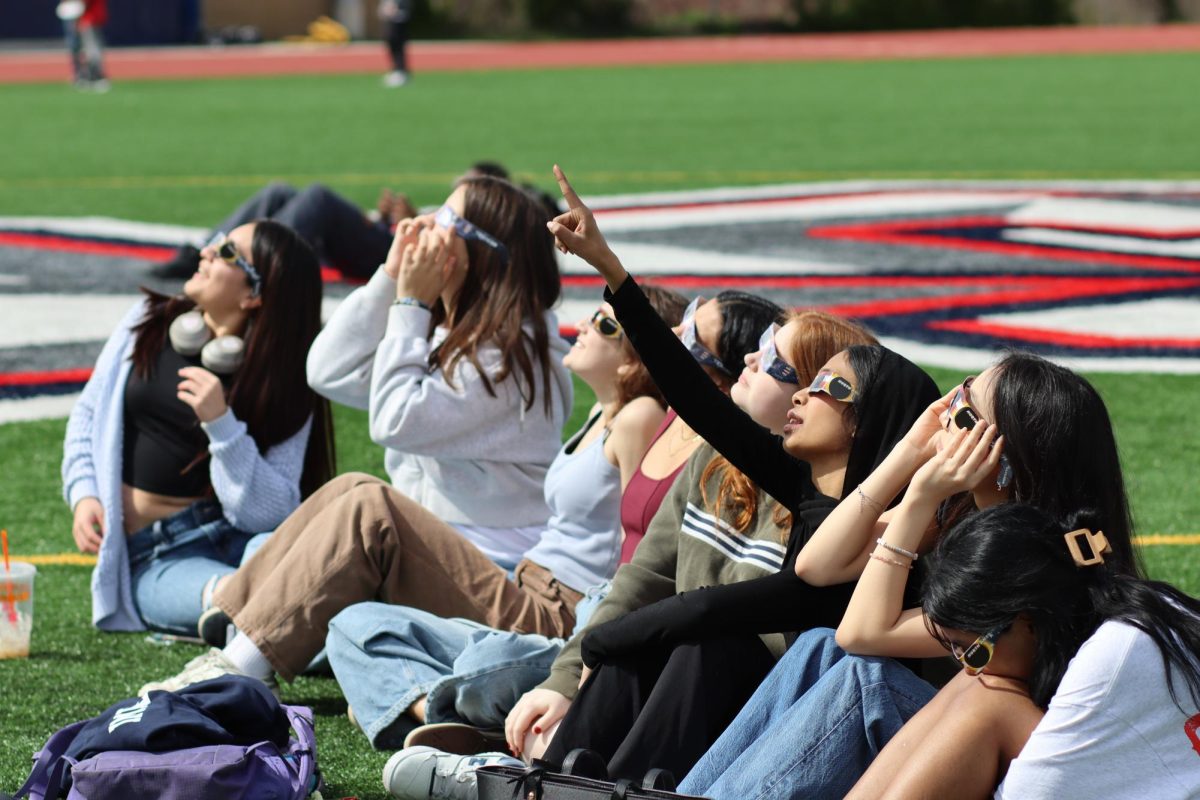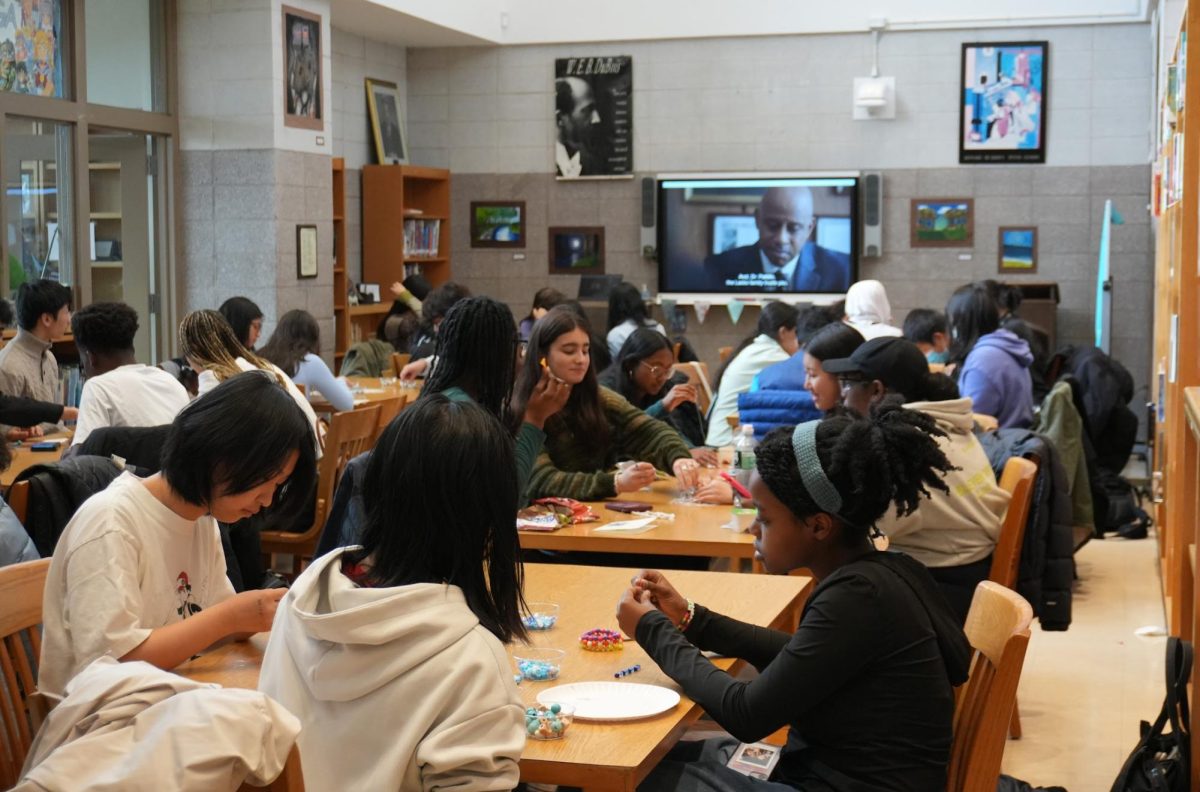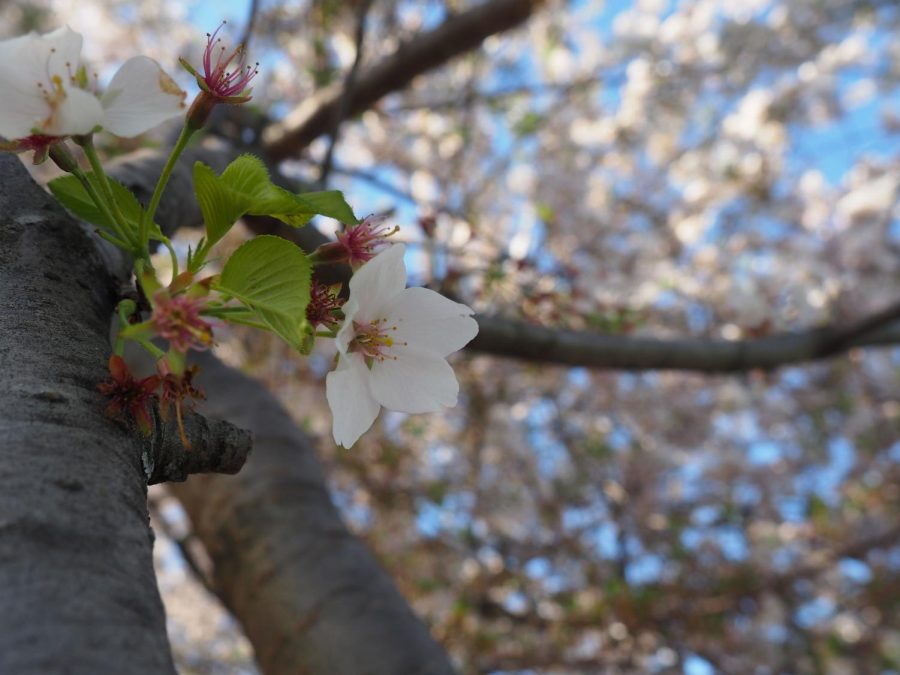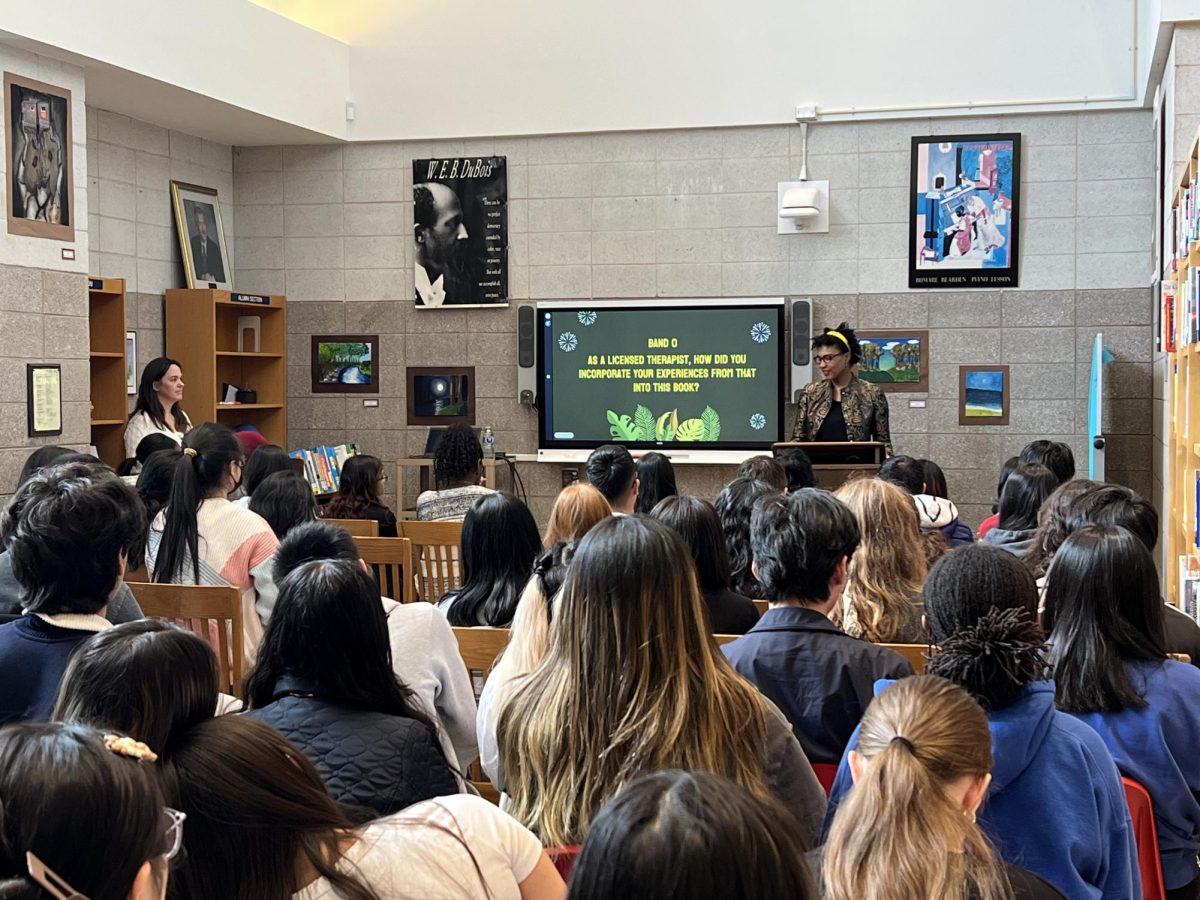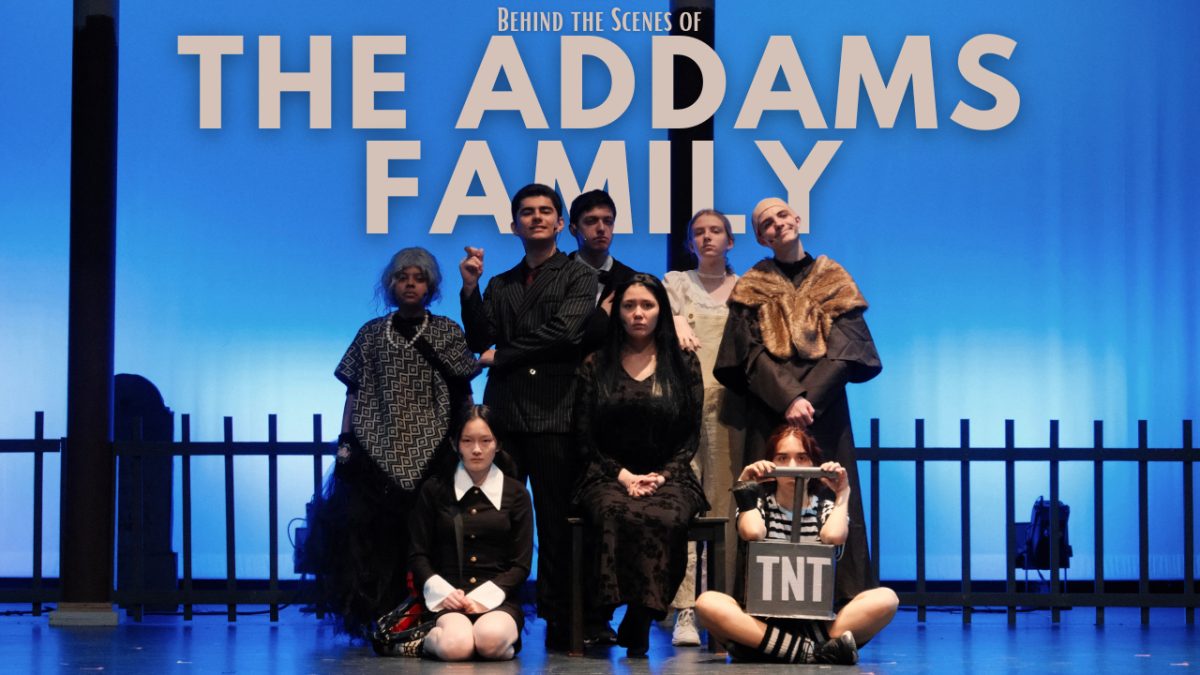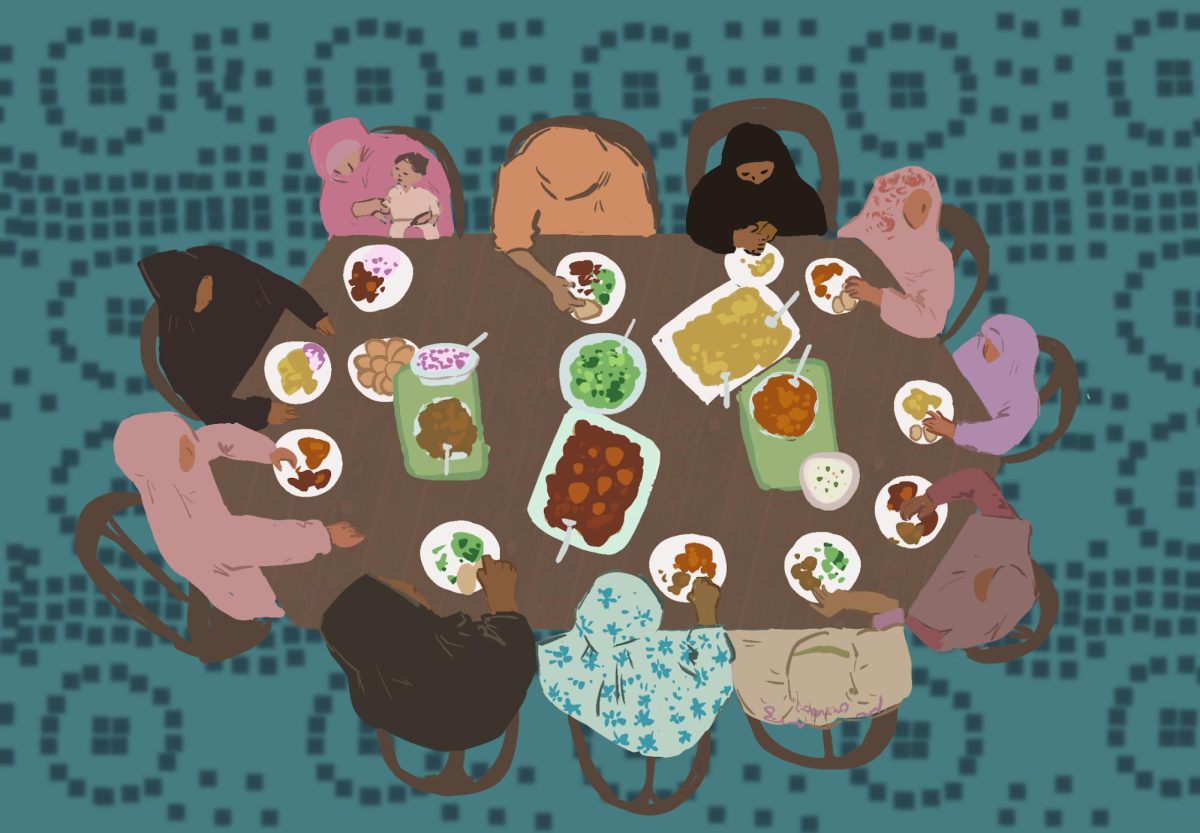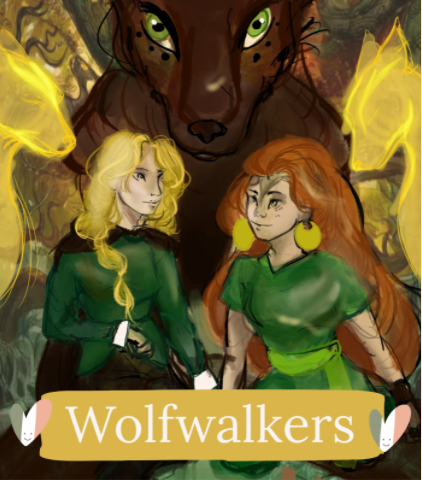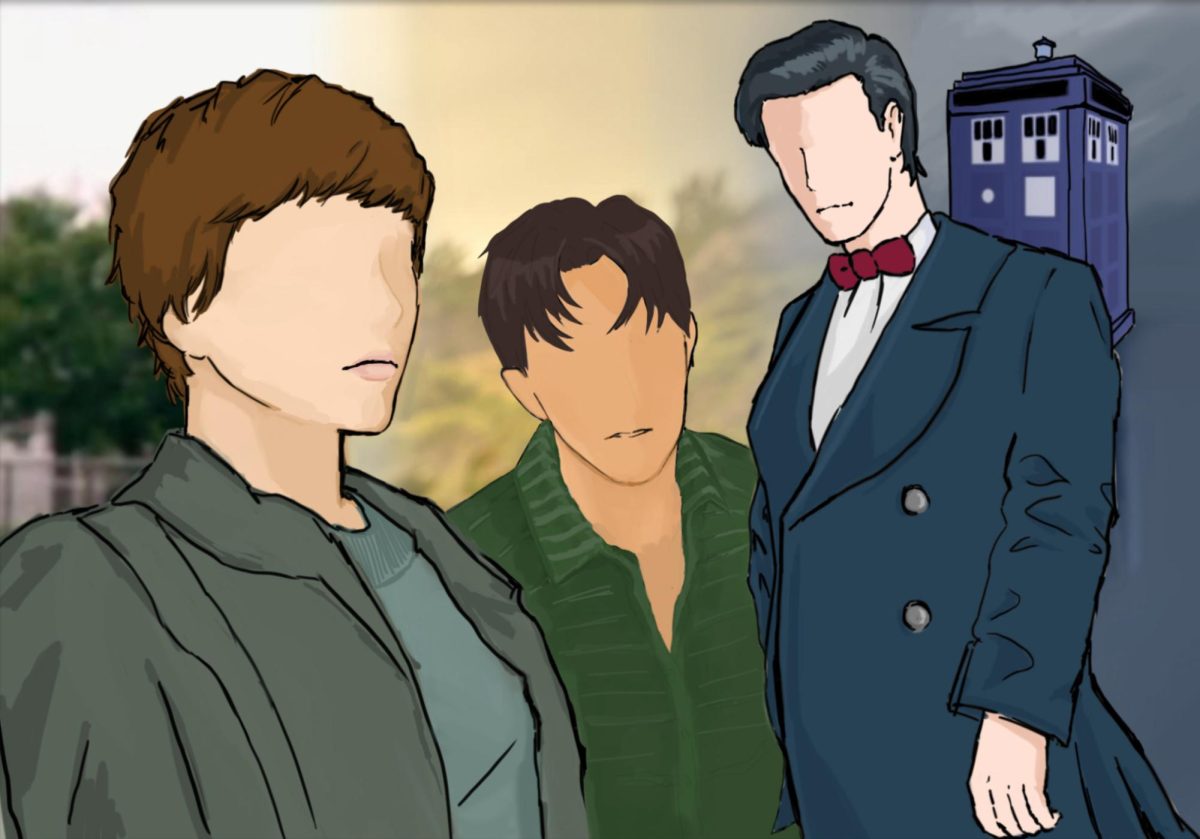
Folklore in modern media can be a powerful thing. From the silliest children’s fairytale to the most epic ancient myth, folklore can empower and influence people to love both their own and others’ cultures. Children’s media abounds with folklore from all over the world, but only some of the most powerful stories weave myth into historical realities. That is what Tomm Moore and Ross Stewart, the creators behind the new film Wolfwalkers, have artfully achieved.
Moore and Stewart are best known for their two previous films, The Secret of Kells and Song of the Sea, both of which center around Irish folklore. The Secret of Kells is based around the real life Book of Kells, an ancient and beautiful masterpiece of Western calligraphy, but also includes several pre-Christian Irish gods and fairies. The Song of the Sea more directly puts a fresh spin on the classic myth of the selkie (the seal-woman legend of celtic tradition). Wolfwalkers is just as profound and beautiful as its predecessors, and perhaps even more ambitious.
Wolfwalkers takes place in the town of Kilkenny, Ireland, which has come under English colonial control. Just outside of the town lies a vast forest inhabited by wolves, whom the townspeople and unfortunate sheep farmers are petrified of. They hear stories about a group of beings called Wolfwalkers, who are humans during the day and wolves during the night when they fall asleep. They’re also allegedly able to control the wolves, making them a Gaelic form of werewolves. In the beginning, no one believes that they are real. Bill Goodfellowe is an English wolf-hunter ordered to eliminate the wolves from the forest. He settles in Kilkenny along with his rebellious daughter Robyn, an aspiring hunter who follows her father on wolf searching quests against his wishes. After Robyn accidentally injures her pet hawk, Merlyn, during a scramble on the hunt, she is taken away by a strange, ginger-haired girl back into the forest. This girl is Mebh, a wolfwalker, feisty yet kind, who has been searching for her mother.
Over the course of the plot, Robyn finds increased common ground and empathy with the wolfwalkers. Mebh refuses to leave the forest without her mother, so Robyn begins to aid quietly in the search. When a later transformation destroys her conventional hunter life, she is forced to choose a side, even if that means facing her father and the hatred of the commonwealth.
The main antagonist of the story is the Lord Protector of the English colony in which Robyn lives, who is determined to eradicate the wolf population and use the forest to expand his land. With his Puritan buckles, tall hat, and fanciful garments, the Lord Protector is in no way subtly English. Although implied, there are clear parallels to the real life figure of Oliver Cromwell, notorious for his leadership in the invasion of Ireland. The film does not shy away from the divisions between the English and Irish, even among Robyn and the Irish neighborhood children who despise her. The Lord Protector’s consistent attitude, evidenced most clearly by his aggression towards the wolves, is that Ireland is a land in need of taming. There are undertones here that dig into the historical aspect of the real attitudes expressed during the time of Ireland’s invasion, emphasized further by the Lord Protector’s heavy belief in Christianity. The wolfwalkers are the embodiment of “pagan” Gaelic religion before the time of Christianity, which is why the Lord Protector refuses to even consider them as worthy of sympathy. He believes he is fundamentally right because God is behind him, which the film casts in a dubious light given the atrocities he enacts on the natural world. This provides a stark contrast to the Christianity portrayed in The Secret of Kells, a complexity that is often understated in many reviews of the film.
Wolfwalkers upholds the outstanding visual quality of its predecessor films with the highly detailed backgrounds, unique and impactful character designs, and thrillingly dramatic animation. The movements of the wolves are fluid and emphasize ferocity, and even violent scenes are visually awe-inspiring. The design of the wolfwalkers, both in human and animal form, is distinct and expresses some of the lighter and more fun elements of the movie. Just based on the animation alone, this movie can be enjoyed by audiences of all ages.
Another unique feature of the studio’s previous films was the stunning soundtracks and memorable theme songs that stay with you long after the credits roll. Running With the Wolves by Aurora forms the empowering anthem of the film, electrifying the strongest and most dramatic scenes of the movie. The song embodies the free spirit at the emotional core of the film as well.
When recalling how The Secret of Kells and Song of the Sea inspired my pride and increased interest in Gaelic folklore and language, I believe that this film will continue to inspire that love in younger viewers. Although the ending is inevitably happy and wrapped up almost too nicely, it serves as a fitting contrast to the darker tone in some earlier parts of the film. As a children’s film, Wolfwalkers leaves on the kind of upbeat that made me jump with joy as a young child in the theatre. This film would be an excellent choice for anyone who wants to experience an immersive, beautiful, and charming story that also sheds some light on a sometimes unappreciated element of mythology and Irish history.
Artwork by Amelia Harrington



